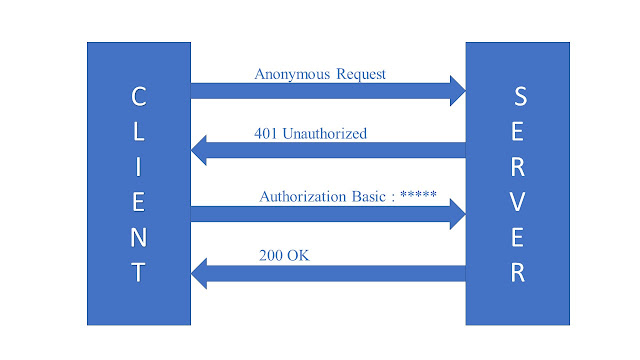What’s the Difference Between Razor and Blazor
What is the Difference Between Razor and Blazor, ANGULAR WITH CORE .NET AND MVC RAZOR ENGINE Blazor Blazor enables sharing code across client- and server-side processes, server-side rendering functionality, and more. When building a single-page application, Angular or React are popular JavaScript frameworks to use. Blazor is a framework for building interactive client-side web UI with .NET: · Create rich interactive UIs using C# instead of JavaScript. · Share server-side and client-side app logic written in .NET. · Render the UI as HTML and CSS for wide browser support, including mobile browsers. · Integrate with modern hosting platforms, such as Docker . ...


